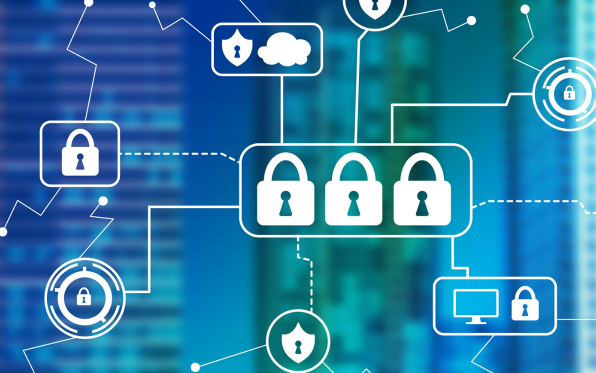As financial service companies continue taking steps to transition to digital, it is critical to understand how today’s technological trends will shape the future of financial service operations and customer interactions.
Integration challenges is the top bottleneck in the pursuit of digital transformation. Without sound integrations, financial services are at a severe risk of never accomplishing their required business objectives and staying competitive in the marketplace.
Are you investing in the following digital initiatives?
Top 3 Digital Initiatives for Financial Services
1. Using data as intelligently as possible
Data will still be prominent in all conversations and there will be more progress on how to use that data as intelligently as possible. There will be a transition from just collecting data and talking about the data but actually using data to answer important business questions.
Many businesses are breaking down data silos but the key will be having a strategy in how that data will be used in a more meaningful way that will create revenue-boosting opportunities down the road. With this newfound ability to create smart decisions with data instead of just focusing on storing all your data in one place, financial services (along with other industries), will have a clear understanding of where they need Customer 360 data to reside to create a holistic view at an enterprise level.
2. Enhancing customer communication
A primary focus in the financial services industry is enhanced communication capabilities via modern platforms that are integrated into existing systems.
Business units require better ways to connect customer data, specifically multichannel chat and messaging services that allow for collecting information about a customer that can feed into their application processing. It’s not only more efficient for the customer, since many people are finding it more difficult to schedule time to wait and call customer service, but it’s also more efficient for your business because it increases your capacity to serve more customers at the same time.
3. Increasing payment capabilities
Payment capabilities will continue to make huge strides. There are many financial services that still take checks in-person or drop off cash. Your business must be able to focus on integrating to a more scalable payment system and reconcile that data to their core systems without overhauling the entire accounting process.
It’s all about using these enterprise back office platforms in conjunction with niche payment gateways that will help to streamline not only receiving money, but paying out money as well. Expanding your core platform through a proper integration strategy will allow you to gain agility in leveraging newer, more consumer friendly payment options that take the burden off your customers. Done right and you will be able to continue to add more payment options without needing to invest in costly upgrades to legacy platforms.
Leveraging Your Data Ecosystem
The key to fully utilizing and leveraging enhanced communication options, payment capabilities, and using data as intelligently as possible is to ensure that you have a strategy to integrate this new data into your existing application ecosystem. Whether you’re using native integration capabilities from Salesforce or building a reusable API that manages data access through MuleSoft, financial services are at risk of falling behind the competition and missing the mark on key business objectives if they do not put a focus on growing their digital agility.
If you need to leverage your data ecosystem, Green Irony can help. We build technical solutions to fuel large-scale, impactful digital transformation efforts capable of rapidly moving the needle for your business. To learn more about our expertise and services, visit greenirony.com.



